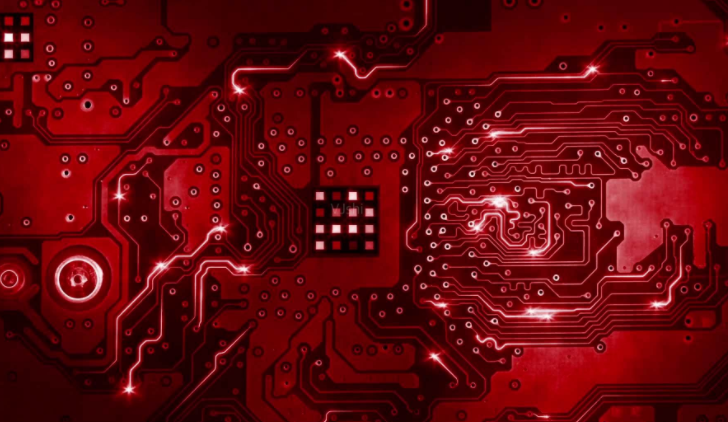Introduction to semiconductors in the circuit board industry: almost perfect semi-insulating semiconductor materials
1. Semiconductor definition:
A semiconductor is a material, which refers to a material whose conductivity is between a conductor and an insulator at room temperature. Semiconductors play a pivotal role in all electronics manufacturing industries. For example, a diode is a device made of semiconductors. The conductivity of a semiconductor can vary depending on the external conditions it is in, and can range from completely non-conductive to completely conductive. So, it can be used to make electronic components with different states. Whether it is science and technology, economic benefits or practical value, semiconductors are one of the few good materials. Among semiconductor materials such as silicon-silicon semiconductors, germanium semiconductors, and gallium arsenide semiconductors, silicon semiconductors are the most widely used in electronic manufacturing and are also the most commonly used semiconductor materials in business. Compared with insulators and conductors, semiconductors have a relatively short history. According to materials, semiconductor materials were only recognized by academia in the 1930s, and they really came into life.

Since it is an introduction to semiconductors, I have to introduce a proper term "intrinsic semiconductor" for so long. In simple terms, intrinsic semiconductors are semiconductors that do not contain any impurities or lattice defects. However, since intrinsic semiconductors have relatively large resistivity and do not have much practical value, they are not used much in commercial applications.
2. Semiconductor classification:
We know that there are more materials for insulators and conductors, so there will be no less semiconductor materials. Semiconductor materials are generally classified according to their chemical composition, one is elemental semiconductors, and the other is compound semiconductors. The most commonly used elemental semiconductors are germanium semiconductors and pair semiconductors; compound semiconductors are more commonly used, such as gallium arsenide semiconductors, gallium phosphide semiconductors, cadmium sulfide semiconductors, and so on.
3. History of semiconductors:
The discovery of semiconductors can actually be traced back to 1833, when British Faraday discovered silver sulfide, which can reduce its own resistance as the temperature rises. This is the first time a semiconductor phenomenon has been discovered. Later, in 1839, Beclere of France discovered a phenomenon, that is, under the care of the junction, the junction formed by the contact between the semiconductor and the electrolyte can generate a voltage. This phenomenon is also known as the photovoltaic effect. In 1873, another British scientist, Smith, discovered another characteristic of semiconductors-the photoconductivity effect. The detailed development process will not be given as examples. However, there is a doubt, that is, what is the definition of semiconductor that takes so long to be recognized by academia? The details of this issue also need to read the material "The coming of Materials Science".
4. Five characteristics of semiconductors:
Semiconductors have five characteristics: doping, heat sensitivity, photosensitivity, negative resistivity temperature characteristics and rectification characteristics.
5. The use of semiconductors on integrated circuits:
The basis of integrated circuits is transistors, and the basis of transistors is semiconductors, so the basis of integrated circuits is semiconductors. One of the most common and most widely used semiconductors is silicon semiconductors. So why does silicon semiconductor become the darling of integrated circuits? We can consider the following points.
The first point: Anyone who knows chemistry knows that the four most abundant elements on the earth are oxygen, silicon, aluminum, and iron. According to this order, we know that silicon is the second most abundant element on the earth. The most abundant content in the earth's crust is silicon, which means that the cost of extracting silicon semiconductor raw materials is low.
The second point: It is easy to manually control the doping concentration in silicon semiconductors, and it is more convenient to obtain components that meet the requirements, that is, transistors. And the silicon on the surface is oxidized, forming a very stable oxide film of silicon dioxide to act as an insulating film.
The third point: In terms of process, silicon semiconductors are relatively easy to achieve oxidation, photolithography and other process processes. And the controllability of its performance is higher than that of other types of semiconductors.
ipcb is a high-precision and high-quality PCB manufacturer, such as: isola 370hr PCB, high-frequency PCB, high-speed PCB, ic substrate, ic test board, impedance PCB, HDI PCB, Rigid-Flex PCB, buried blind PCB, advanced PCB, microwave PCB, telfon PCB and other ipcb are good at PCB manufacturing.